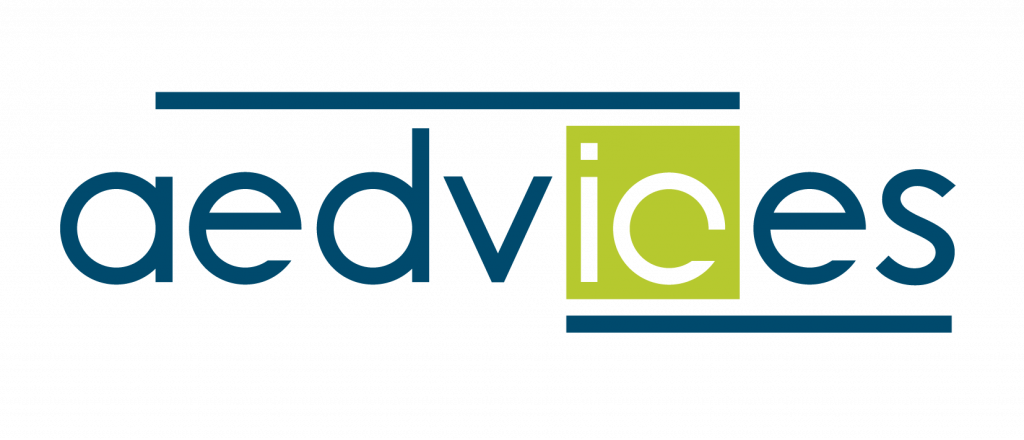When thinking of microelectronics engineering, you may think hardware, firmware and maybe software development activities. You may not think, however, of verification engineers even if they are key elements in a team.
Verification engineers develop and implement testing procedures to determine if a product works as intended. As the verification of complex FPGAs and ASICs is a crucial part of any project, specialised engineers with verification skills are essential.

The lack of verification engineers, a headache for companies
Ten years ago, verification engineers were under-represented. Right now, their number has grown to the point where they are more numerous than design engineers on many projects. According to the Wilson Research Group Functional Verification Study (published by Harry Foster, in November 2020*) verification activities represent more than half of project time!
“Verification engineers are rare and desired profiles everywhere because they need to understand both hardware and software designs. On top of that, products are more and more complex and need a growing number of functional verification competences.” – Mirella Negro, MCD Verification Manager at ST and Verification School Sponsor
However, only a few engineering schools propose the discipline in their program. Companies are then seeing a skill shortage in this area and need to find solutions to train their employees.
On another hand, existing trainings only offer a quick overview of the verification languages and tools. 3 or 4 days to have the basis and then, employees have to learn methodologies by themselves and find out how to apply them in their own projects, leading to a very long learning curve before being efficient.
Given the complexity of the task, this is not a viable solution!
To solve this, STMicroelectronics has set up, in collaboration with its verification partners – AEDVICES Consulting, Cadence and ICONDA Solutions – a new, internal learning and development solution for functional verification, to enable software and designer engineers to acquire the knowledge and skills needed in this interesting and challenging area.
The ST Verification School is a 1-year program, including classrooms, workshops and tutoring for each student. A new way to teach, much more project-oriented, adaptative and agile.
The ST Verification School opened in May 2019 with a brand-new program and a dozen highly motivated international students. STMicroelectronics provided overall management and individual tutors for each student while AEDVICES Consulting looked after classroom and workshop content, Cadence supplied eLearning materials and ICONDA developed the Learning Objectives’ processes and measurement.
Together, AEDVICES Consulting and ICONDA supervised the overall learning process, ensuring that Learning Objectives were adapted as the program evolved (the number of adaptations was somewhat higher than expected, thanks to a certain virus!).
A great combination of different ways to learn
The first-year program is now complete and has been a success in both the program delivery, and more important the integration of new verification engineers in the teams. The program combines different ways to learn:
- live courses for the most important theoretical content
- workshops to go from theory to practice
- independent learning through on-the-job projects and using eLearning, for example
- tutoring with internal senior verification engineers and external experts
- checkpoints as a finale activity, where students demonstrated their new expertise by defending their written work and presenting a case study.
To share some figures, students split their time with around 25% of Verification Theoretical training with workshop, 25% of tutoring by a dedicated tutor and with the verification community and 50% training on the job.
From the beginning, the delivery mechanisms for all these items were both classroom-based and remote, allowing students from geographically dispersed sites to attend the school. With the arrival of Covid-19, remote mechanisms became crucially important, of course.
The program was held together by a hierarchy of Learning Objectives, derived from an existing set of competence criteria that ST had defined for its verification engineers.
“The idea was to dispose of a toolbox and pick up in the box what was the most useful for students to acquire: mastery of UVM, competence in formal verification, verification methodologies, etc. Each component of the program – lectures, workshops, eLearning, etc. – was associated with set of Learning Objectives. According to this set of competences, we have created a fully agile and personalised technical content.” – François Cerisier, CEO of AEDVICES Consulting
The students’ progress towards these objectives was measured regularly, using a self-assessment mechanism. Finally, the written part of the end-of-program checkpoint activity ensured that key Learning Objectives had indeed been met. This gave a sense of convergence not only to the program but also to each student’s learning experience.

Verification School agility
“While we did not formalise an agile process for the development of the school’s first program (using SCRUM, for example) we certainly worked with an agile spirit. In particular, we started with a clear sense of direction, provided by the ST competence area definitions and our first set of Learning Objectives, as mentioned above. This allowed us to develop a schedule for the whole program and detailed content for the first quarter” – Andrew Betts, CEO of ICONDA
At this point, the rubber hit the road. Students of the school are professionals, already working on specific projects and coming from various backgrounds, some hardware-oriented, others with more of a software flavour. Each of them has specific needs, priorities and preferences as far as methodology and tools were concerned. Some are preoccupied with UVM-related issues for block verification, for example, while others are drawn more towards system-level verification or formal methods. While ensuring that all students gained a certain mastery of a full range of verification strategies and techniques, AEDVICES Consulting and ICONDA had to constantly work with ST to adapt to emerging needs.
“At ST, a coreteam based of verification managers, training and human resource representatives was setup since the beginning. All together, we defined the expected professional competences, elaborating a program mixing courses made internally and externally. The progress was reviewed continuously taking any agile actions required to achieve the verification school goals. All this thanks to a “scrum” collaboration with AEDVICES Consulting and ICONDA” – Christophe Chevallaz, ST Verification School program leader
These reviews led to updates that were immediately integrated into the program. Feedback came directly from students (the Kirkpatrick measurement system was used) and also from workshops between the tutors and trainers. This ‘agile’ cycle was repeated about 4 times over the course of the program that corresponds to the 4 main steps : basic trainings, common core on simulation, common core on formal and advanced verification techniques.
A deep tutoring support
To improve the learning curve, each student had an individual tutor/mentor, providing encouragement, technical help and logistical assistance (e.g. for project scheduling). The tutors were themselves supervised by AEDVICES Consulting and ICONDA : in general, AEDVICES Consulting focused on the technical aspects while ICONDA gave support for management ones. Something not clear? A need to go deeper? Such questions were picked up by tutors and relayed to the AEDVICES Consulting and ICONDA facilitators who then responded either by helping tutors to help their tutees (a train the trainer approach) or by creating examples and exercises for inclusion in future classes or by giving individual support to students with a particular need.
What’s the next step?
The Verification School’s first set of graduates is now fully operational and working on ST verification projects. Furthermore, the school’s methodology and content have been verified and all its bugs have been found and fixed. Well, almost all of them J. Either way, we are looking forward to renewing the experience and bringing more verification engineers up to speed!
Any need for trainings ? Please contact us
